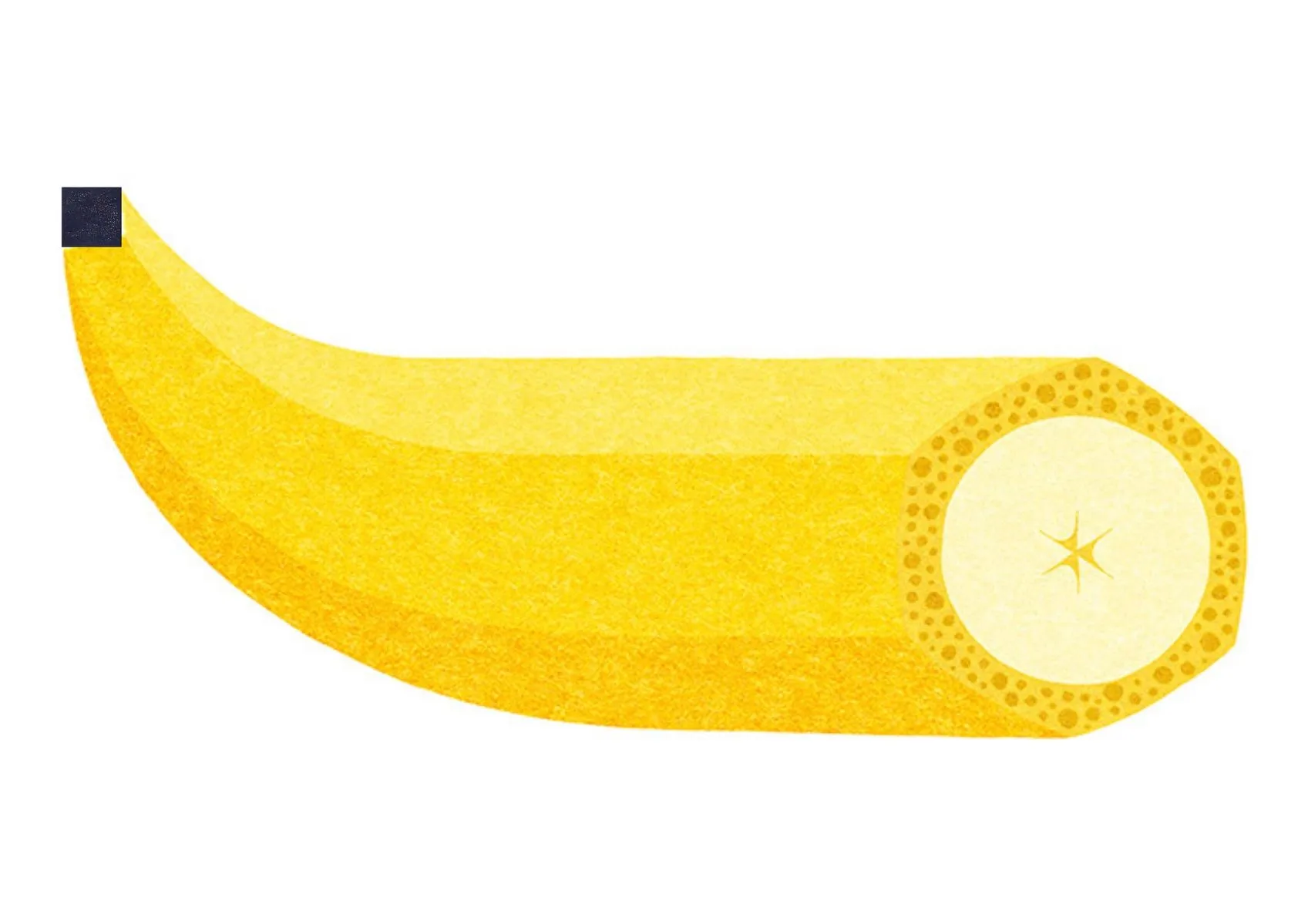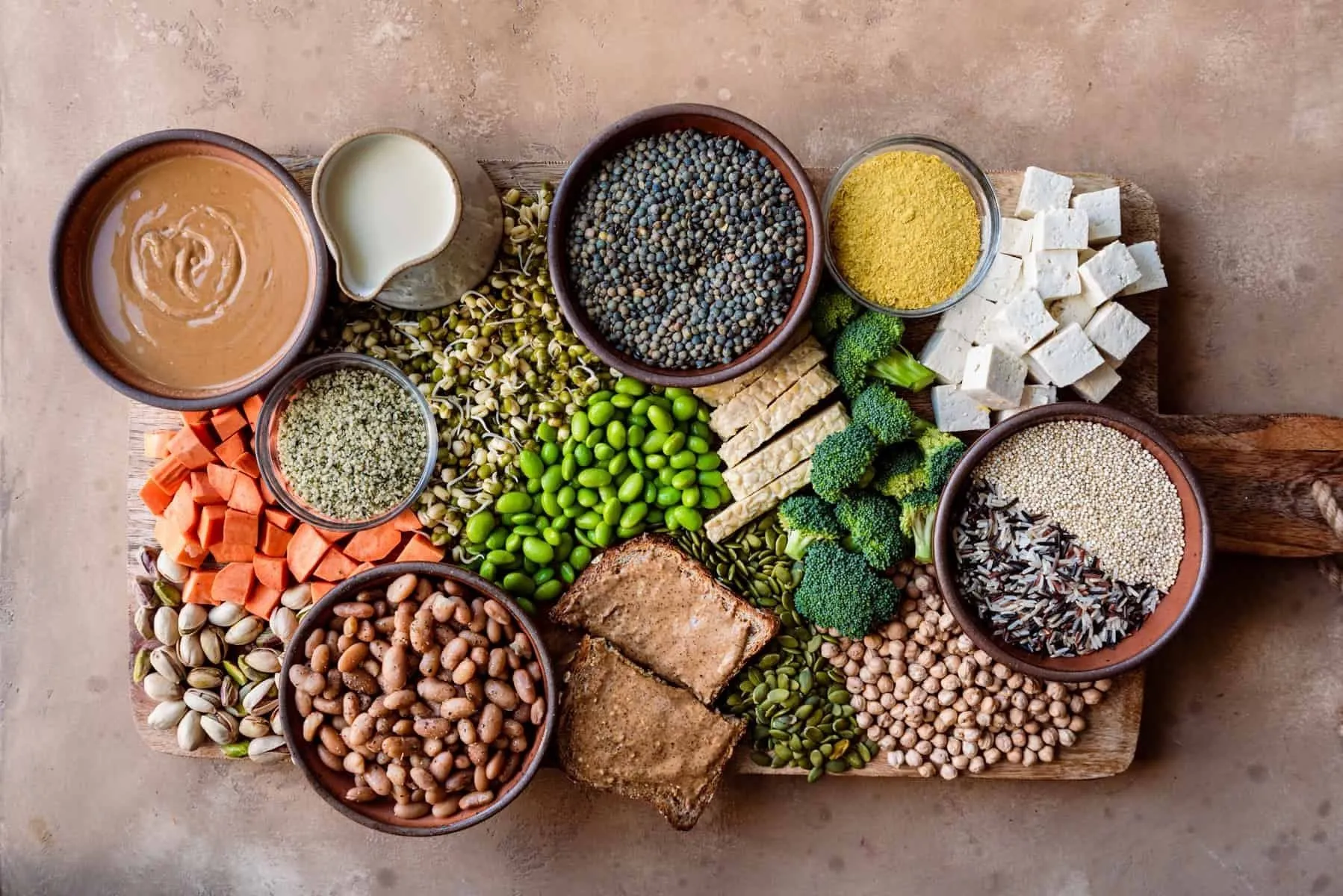
Athletes and active lifestyle enthusiasts know better than anyone that a protein deficiency significantly reduces physical and mental performance. If the deficiency accumulates over weeks, it slows down recovery processes, worsens sleep quality, and affects the condition of the skin, muscles, and ligaments. However, even among those passionate about sports, there are many vegans and vegetarians. A healthy alternative to nutrient-rich protein can be found in the plant world. Here’s how, with what, and in what amounts you can meet your body's protein needs without meat, fish, or eggs.
To begin with, it’s worth debunking a few popular myths about protein. Trainers and nutritionists regularly praise protein: it helps build muscle mass, regulates blood sugar levels, and is generally essential for normal digestion. Protein consists of amino acids — the building blocks of the body. Without an adequate daily protein intake, several processes that keep the body functioning smoothly would not work properly — muscle and connective tissues, neurotransmitters, blood cells, and even hormones. However, some misconceptions about protein have developed over time.

Myth 1: You must consume animal protein to fully meet your body's needs and get enough protein.
"The common statement 'No meat — no muscles' is pure fiction. You don't have to look far for proof; nature provides plenty of evidence. Do you really think that a lion, a prime example of a carnivore, has an exceptional muscle structure? In reality, herbivores — such as horses and deer — have muscles just as well-developed," writes Japanese surgeon and gastroenterologist Hiromi Shinya in his book.
Plant-based foods, just like animal-based ones, contain all the essential amino acids in various proportions. Black beans, lentils, peas, soy, quinoa, buckwheat, oatmeal, almonds, walnuts, as well as flax and chia seeds, are excellent sources of protein for any diet. A dozen types of meat can easily be replaced by a dozen other protein-rich foods, and you won’t experience a protein deficiency.

Myth 2: It’s Impossible to Overeat Protein
Animal proteins are considered high-quality proteins because they contain all essential amino acids. Undoubtedly, consuming large amounts of animal-derived proteins accelerates bodily development and is likely the main reason for rapid physical growth. However, this is where the danger lies. Meat not only speeds up development but also accelerates aging processes.
The most harmful aspect of meat is that it lacks fiber while being rich in fats and cholesterol. In general, there is nothing inherently wrong with this, but it is important to remember that meat-heavy diets contribute to the thickening of intestinal walls. This occurs due to the absence of fiber and increased strain on the digestive system. That’s why the rule of “meat + salad” is not just a useful dietary guideline but a crucial principle for maintaining good health.
Indeed, it is harder to overconsume protein in the form of meat, dairy, or poultry than it is to overeat processed carbohydrates, fats, sugar, and salt. However, excessive consumption of slow-digesting protein can lead to a number of intestinal diseases due to the toxins produced during its breakdown. In the long run, it may also contribute to the formation of diverticula and polyps.
There is an entire category of so-called “lifestyle diseases” linked to poor gut health. These include hypertension, fibroids, atherosclerosis, cardiovascular diseases, obesity, various types of cancer, and diabetes. None of these are desirable outcomes.
Moreover, an excess of any nutrient can be stored as fat, leading to unwanted weight gain.

Myth 3: You Must Drink a Protein Shake Immediately After a Workout to Build or Maintain Muscle Mass
This idea is based on the concept of the so-called anabolic window — a period during which body tissues absorb nutrients like a sponge after training, replenishing glycogen stores, stopping protein breakdown, and initiating protein synthesis.
New research suggests that this “window” is broader than previously thought. You have up to two hours after exercise to effectively support your recovery process.
However, what’s even more important is not just what you consume immediately after a workout but rather the total amount of protein you get throughout the day — today, yesterday, and tomorrow. Are you consistently meeting this requirement?

Getting the necessary amount of protein without overeating heavy animal-based foods or shifting your diet towards plant-based options is easier than it seems. Vegetables as a snack with hummus or another legume-based dip, a handful of almonds or spirulina in your morning oatmeal, pumpkin or sunflower seeds in any salad, a tofu omelet instead of feta, and flax or chia seeds in any smoothie — all these additions will make your meals more nutritious, lighter, healthier, and overall better for your well-being.
Lentils
A great alternative to peas and beans. Different varieties of lentils contain up to 10 g of protein per 100 g. Whether yellow, red, or green, any type of lentil cooks significantly faster than beans or other legumes. Lentils can be added to soups, vegetarian chili, vegetable stews, or cooked on their own with spices. Black beans are sometimes even used in baked goods and desserts. The darker the lentil, the more intense its flavor.
Tofu
Along with seitan and tempeh, tofu belongs to the category of fermented soy “cheeses.” In recent years, supermarket shelves have become much more plant-protein-friendly, and at the very least, tofu is now available in almost every third store. Since the soy used for these cheeses has already undergone fermentation, it is quickly and efficiently absorbed by the body without putting strain on digestion.
These products contain up to 24 g of protein per 100 g, which is roughly equivalent to the protein content in poultry fillets (such as chicken or turkey). Tofu can be eaten with stir-fried vegetables and eggs, grilled or dry-fried, sautéed in oil with spices, added to soups, or incorporated into stews.
Spirulina
This dark green algae powder is an absolute champion among superfoods in terms of plant-based protein content (up to 60%). In addition to proteins, spirulina contains an essential complex of amino acids and a vast array of vitamins and minerals that support immunity and overall health.
Incorporating spirulina into recipes can be tricky (except for omelets, stewed vegetables, and puréed soups), but adding it to drinks, smoothies, and energy shakes is incredibly simple.

Seaweed
Whether people should consume seaweed is entirely reasonable. However, scientific research confirms that nori, spirulina, kelp, and other marine plants contain more vitamins and trace minerals than even the most nutritious fresh vegetables and fruits. Most importantly, they are also a source of protein!
The most accessible seaweed is kelp. It has a neutral taste and contains over 40 micro- and macronutrients. Kelp helps the body recover quickly after physical exertion and aids in detoxification. However, the amount of preservatives, oil, and vinegar in pickled kelp can negate all its benefits — choose kelp in brine or opt for an unseasoned version.
Another accessible option is dried nori seaweed. These thin, crisp sheets can be eaten as a snack — they are crunchy, salty, and have a slight pumpkin seed aftertaste. Nori is commonly used for making sushi rolls, added to soups (miso soup is perhaps the simplest and most protein-rich of all soups), soaked and wrapped around vegetables like cucumbers and avocados, or blended into creamy soups and smoothies.
Besides its impressive protein content, these seaweeds are rich in iodine, calcium, and B vitamins. Bonus: they have a long shelf life.
Quinoa
One of the best alternatives to traditional grains. It costs about three times more than rice, millet, or buckwheat but also contains three times more protein — up to 8 g per 100 g of product.
Quinoa can be eaten as a side dish or added to salads. It is also used to make vegetarian burger patties or flatbreads and is often served with berries and soy milk for breakfast.
Green Vegetables
Particularly spinach and broccoli. Yes, reaching the required daily protein intake exclusively from vegetables requires effort. Eating even 300 g of fresh spinach can be challenging, but incorporating it into smoothies or puréed soups makes it much more manageable.
With 5-6 g of protein per 100 g, these vegetables are excellent choices. Additionally, their high vitamin C concentration, antioxidant properties, and a full range of essential minerals for skin, brain, eye, and bone health should convince you not to overlook them in your diet.
More about protein – in the material for BeautyHub.



